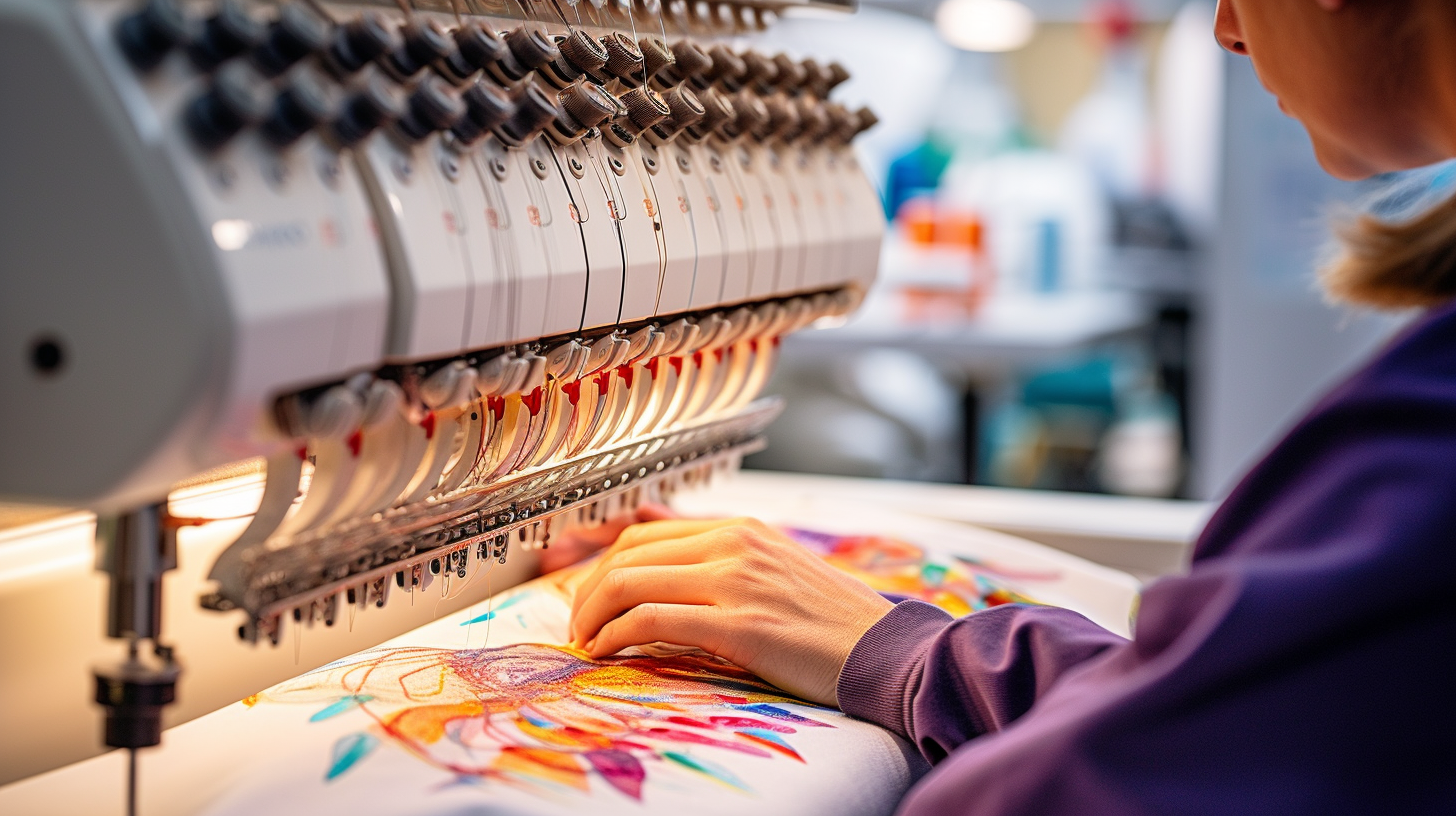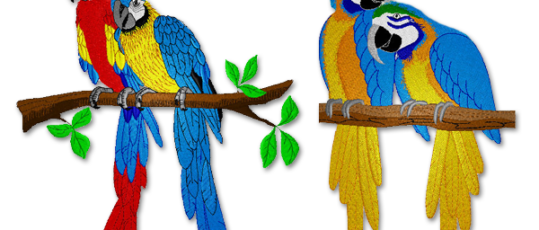Comprehensive Digitizing for Embroidery: From Layout to Sew
Wiki Article
Streamlining the Art of Needlework Digitizing: Step-by-Step Overview
As innovation proceeds to development, the digitization process has actually become extra available, permitting lovers to bring their intricate designs to life with simplicity. In this guide, we will certainly unravel the complexities of needlework digitizing, breaking down each action methodically to enhance the process and equip both beginners and experienced embroiderers alike.Recognizing Embroidery Digitizing Software Program
Embroidery digitizing software program offers as an important device for transforming complex designs right into electronic styles suitable with needlework machines, promoting accurate sewing and modification. This specialized software application permits users to import various photo data layouts, such as JPG or PNG, and transform them into needlework machine-readable layouts like DST, EXP, or PES - Digitizing for Embroidery. By utilizing functions like stitch modifying, underlay choices, and string shade selection, digitizing software allows individuals to regulate every facet of the design procedureIn addition, advanced embroidery digitizing software application supplies tools for producing intricate layouts, changing stitch thickness, and incorporating elaborate information. Individuals can additionally preview the design before stitching it out, guaranteeing accuracy and lessening mistakes. Furthermore, several software program programs provide automatic functions that assist enhance the digitizing procedure, conserving time and initiative.
Comprehending the abilities of embroidery digitizing software application is vital for attaining top quality lead to needlework projects. By grasping this tool, embroidery enthusiasts and specialists can unleash their creative thinking and bring intricate designs to life with accuracy and effectiveness.

Selecting the Right Style Data
After familiarizing yourself with the capabilities of embroidery digitizing software, the following critical action in the procedure is picking the appropriate layout declare your job. Digitizing for Embroidery. When selecting a design apply for needlework digitizing, it's vital to consider the complexity of the layout, the dimension of the end product, and the type of textile you will certainly be functioning withFor complex layouts with fine information, a high-resolution picture or vector file is advised to make certain that the needlework device can properly reproduce the layout. Furthermore, the size of the last product plays a significant function in selecting the appropriate style file. Bigger layouts might need greater resolution data to maintain clearness and sharpness.
In addition, the type of textile you will be embroidering on affects the choice of style file. Different textiles might call for modifications in the layout file to make sure that the stitches are correctly straightened and the design shows up as meant. By carefully picking the right style data based upon these elements, you can establish on your own up for a successful needlework digitizing process.
Digitizing Tools and Methods
Utilizing specialized software application and accuracy techniques, digitizing tools are necessary in transforming detailed layouts into embroidery-ready files. Embroidery digitizing software application, such as Wilcom, Hatch, or Embrilliance, gives the essential system to transform helpful resources art work into stitch data. These programs offer functions like stitch modifying, rug choices, and text tools to make sure the design equates flawlessly onto textile.Among the vital strategies in digitizing is developing a clear course for the needlework maker to comply with. This entails digitizing each component of the style with precision, establishing stitch types, thickness, and directions. By using tools like digitizing tablets or software-specific plugins, embroiderers can accomplish a high level of precision in their digitized layouts.
Furthermore, grasping the art of underlay stitching is critical for generating top quality needlework. Underlay sewing maintains the material and creates a foundation for the layout, making certain that the end product is both visually appealing and lasting. By understanding these digitizing devices and methods, embroiderers can raise their craft and bring intricate layouts to life with accuracy and efficiency.
Tailoring Stitch Kinds and Directions
Having developed a foundation in digitizing look at this website devices and methods, an essential element in advancing needlework craftsmanship lies in customizing stitch kinds and directions with accuracy and purpose. The option of stitch kinds can substantially impact the general look and structure of the stitched style. Satin stitches, recognized for their smooth and shiny coating, job well for creating boundaries and text. On the other hand, fill stitches are ideal for covering bigger areas effectively. By strategically integrating these stitch kinds, embroiderers can accomplish deepness and dimension in their designs.Additionally, the direction of stitches plays a crucial function in boosting the visual allure of the final embroidery. Diverse stitch directions can add structure, emphasize specific aspects, and develop aesthetic interest. For instance, transforming the angle of stitches can simulate motion or all-natural patterns like hair or feathers. By exploring with various stitch angles and patterns, embroiderers can bring their layouts to life with amazing detail and ins and out. Mastering the art of customizing stitch types and instructions encourages embroiderers to release their creative thinking and elevate the quality of their work. next page
Testing and Refining Your Digitized Style
To ensure the precision and high quality of your digitized style, detailed screening and improvement are important action in the needlework digitizing procedure. Once you have finished the digitization of your layout, it is crucial to evaluate it prior to proceeding with the actual needlework. Examining enables you to determine any potential issues such as string breaks, stitch density troubles, or layout distortions that may affect the last outcome.
After screening, it is important to refine your digitized style based on the comments from the test sew-out. This may include tweaking sew setups, adjusting densities, or making changes to the total layout to accomplish the wanted outcome. By iterating through testing and refinement, you can tweak your digitized design to perfection prior to progressing with the real embroidery procedure.
Verdict
In verdict, mastering the art of embroidery digitizing calls for an extensive understanding of the software, picking the best layout file, using digitizing tools and strategies, tailoring stitch kinds and instructions, and testing and refining the digitized design. By adhering to these actions, embroiderers can streamline the digitizing process and develop premium stitched designs with precision and efficiency.Report this wiki page